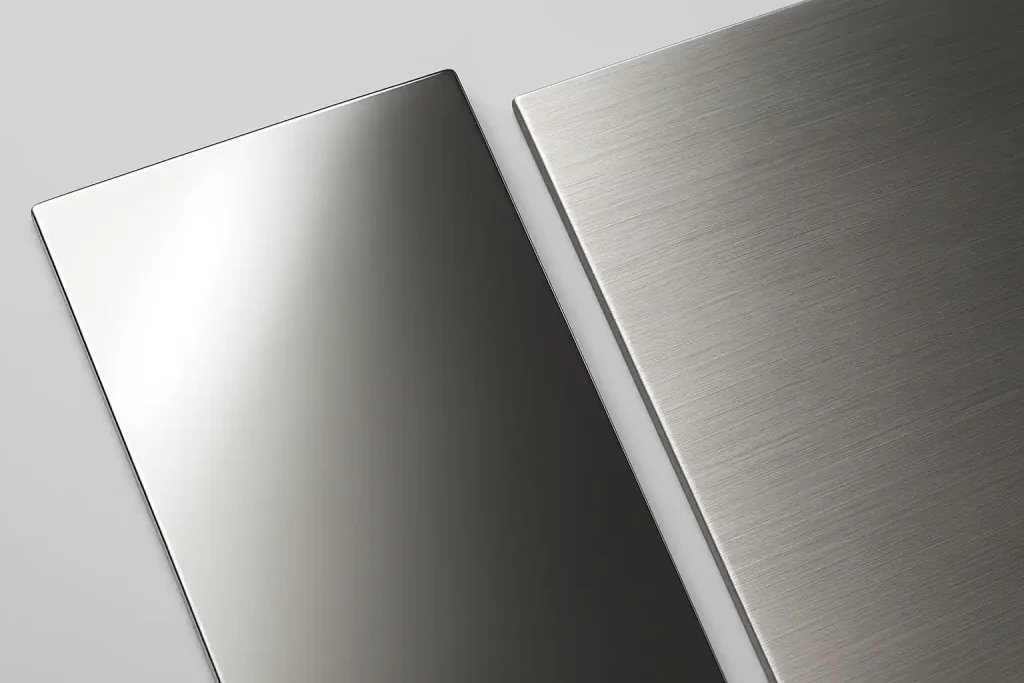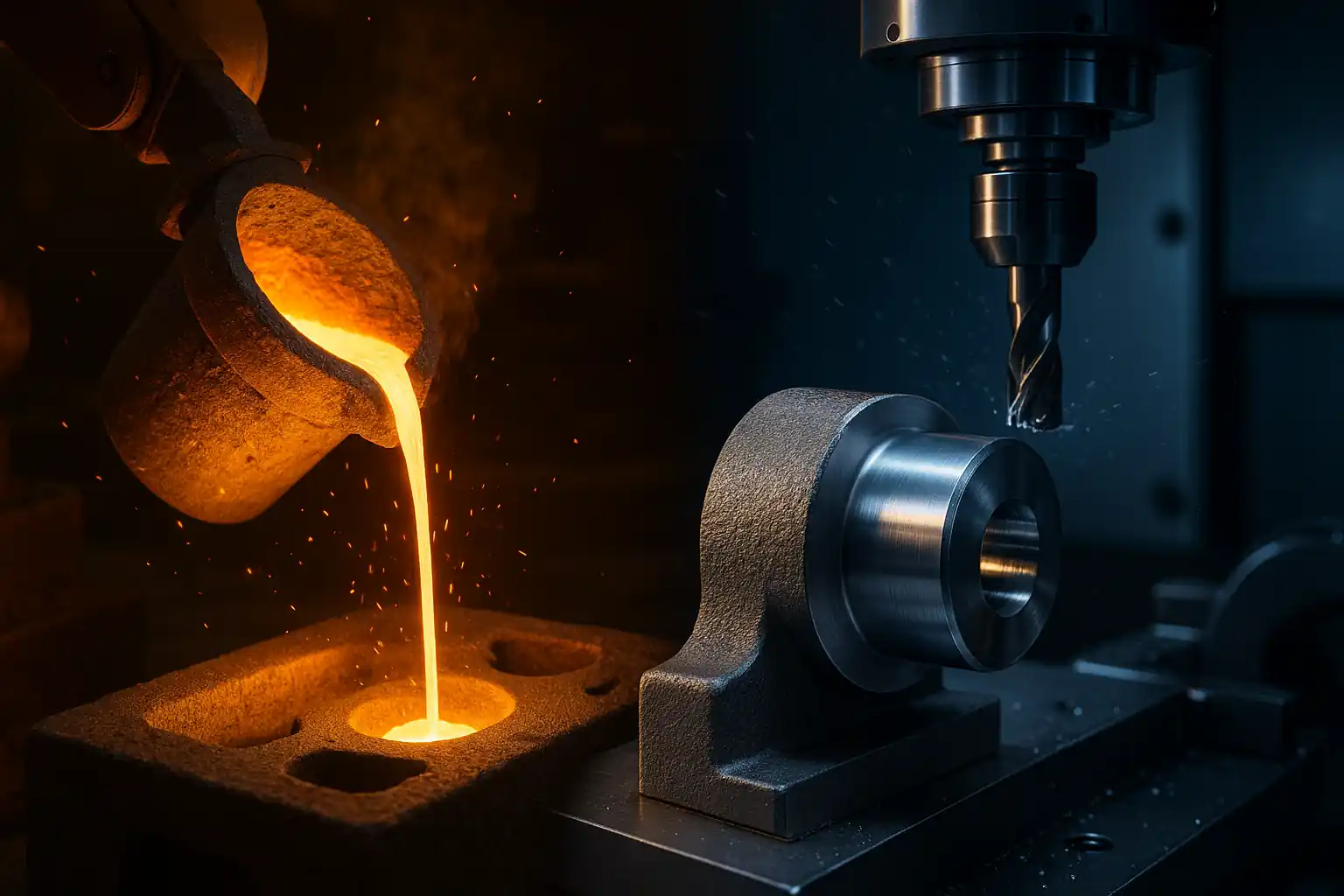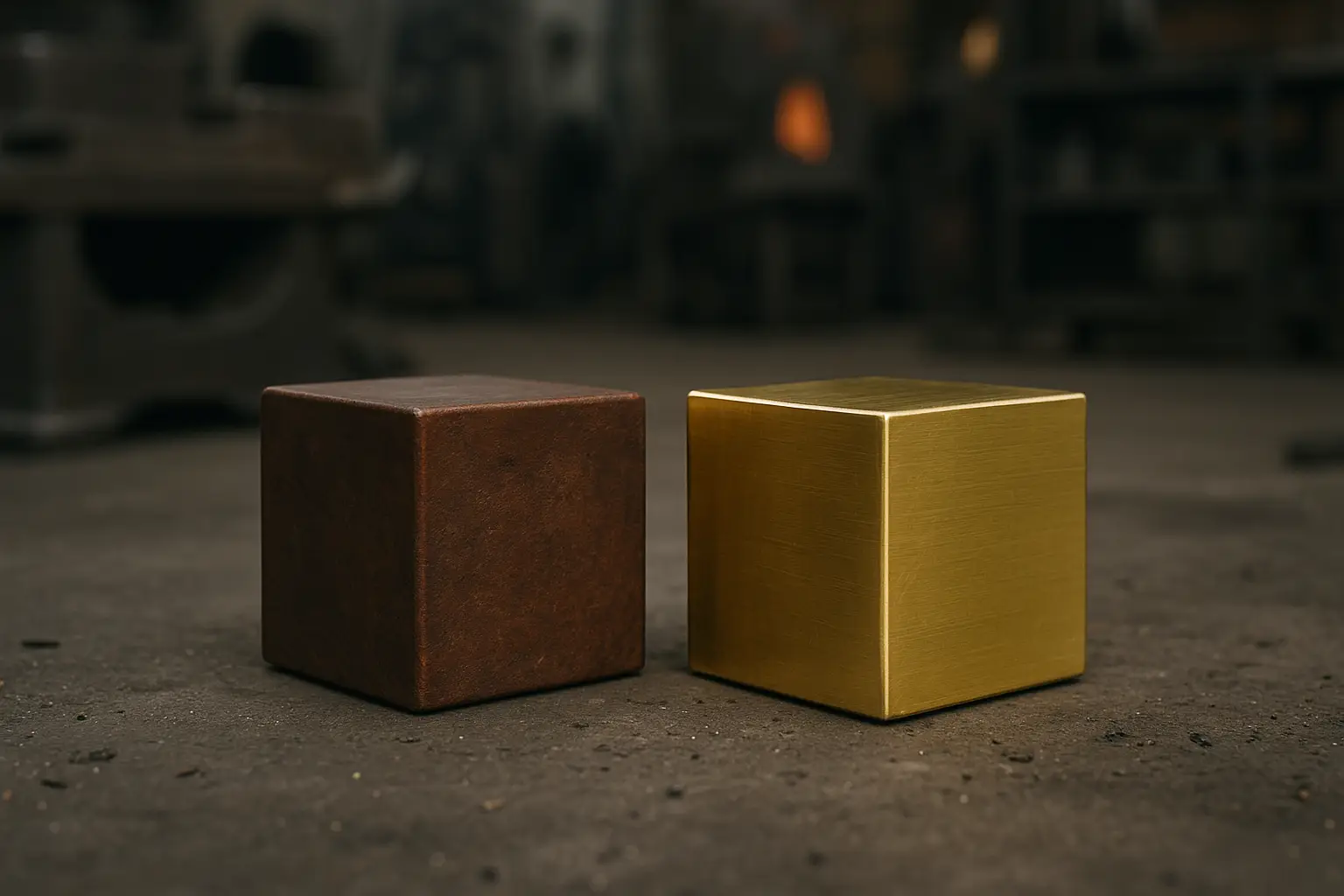Understanding the subtle differences between materials is key to selecting the right one for your project. While 304 and 316 stainless steels are almost indistinguishable in appearance, their properties and applications are vastly different at the molecular level.
If you’re looking for a reliable, durable, and cost-effective metal, 304 stainless steel will almost certainly be on your list. But why is it so popular? As the most widely used stainless steel globally, 304 perfectly balances price and performance while offering numerous unique advantages.
In this article, we’ll guide you through 304 stainless steel’s core properties, key differences from 316, and provide professional advice to help you make the right choice.
What Are 304 and 316 Stainless Steel?
To understand the value of these two materials, we must first understand their basics.
304 Stainless Steel: The Synonym for Universal Material
304 stainless steel is an austenitic stainless steel with a core composition of 18% chromium and 8% nickel, earning it the common name 18/8 stainless steel. This unique composition gives 304 a range of impressive properties. Its excellent corrosion resistance, superior formability, and weldability make it the most common choice on the market, as it perfectly balances price and performance for most general applications.
316 Stainless Steel: Built for Harsh Environments
316 stainless steel is also an austenitic steel, but it contains an additional 2-3% of molybdenum besides chromium and nickel. While this might seem like a small change, the addition of molybdenum gives 316 unparalleled resistance to chlorides and strong acids/bases, allowing it to maintain stable performance in extreme environments.
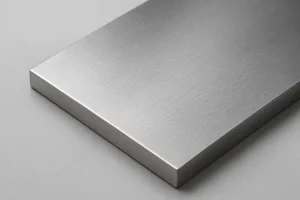
Core Comparison: Key Differences Between 304 and 316
To choose the right stainless steel grade for your project, understanding their differences is vital. We’ve created the following table to provide a straightforward, side-by-side comparison of the key properties of 304 and 316 stainless steel. This table will be a powerful tool in helping you make an informed decision.
| Comparison | 304 Stainless Steel | 316 Stainless Steel | Best Choice |
| Chemical Composition | 18% Cr, 8% Ni | 16% Cr, 10% Ni, 2-3% Mo | The molybdenum is the key difference, giving 316 superior corrosion resistance. |
| Mechanical Strength | Tensile Strength: 515-620MPa Yield Strength: 205-310MPa | Tensile Strength: 515-620MPa Yield Strength: 240-415MPa | 316 has a higher yield strength, but both have similar tensile strength, sufficient for most strength requirements. |
| Corrosion Resistance | Good for general use, but sensitive to chlorides. | Excellent corrosion resistance, especially to chlorides. | 316 is superior in salt spray and marine environments. |
| Machinability | Easy to machine and weld. | Slightly more difficult to machine; molybdenum makes it tougher, leading to increased tool wear. | 304 offers higher machining efficiency. |
| Cost | Lower | Relatively higher (due to molybdenum and nickel) | 304 is more cost-effective. |
Application Analysis: 304 vs 316
The advantages of each material dictate its specific applications. Understanding why they are used in certain scenarios helps you make a more precise choice.
304 Stainless Steel: The Advantage of Everyday Applications
- Kitchen Equipment & Utensils: 304 is widely used due to its excellent hygiene and ease of cleaning. Its corrosion resistance is sufficient to withstand acids from everyday food, while its cost-effectiveness is a major advantage.
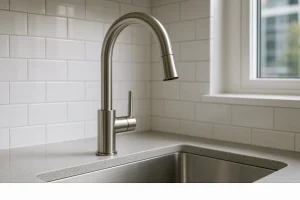
- Architecture & Decoration: In areas not exposed to chlorides, 304 is often used for window frames, railings, and building facades because of its aesthetic appeal, durability, and relatively low cost.
- Fasteners & Pipes: Its superior machinability allows it to be efficiently manufactured into screws, nuts, pipes, and other standard components for general industrial use.
316 Stainless Steel: Core Value in Harsh Environments
- Marine Equipment & Offshore Engineering: This is the core application for 316. Its ultra-high resistance to chlorides makes it perfect for withstanding saltwater corrosion, making it the only reliable choice for boat hulls, rigging, and dock equipment.

- Chemical & Medical Equipment: In environments that involve strong acids/bases, chemicals, or high-salinity solutions, 316 is used to manufacture tanks, reaction vessels, and surgical instruments due to its outstanding corrosion resistance.
- Coastal Construction: In coastal areas with severe salt-spray corrosion, 316 is a wiser investment than 304 to ensure the long-term aesthetics and structural integrity of buildings.
Frequently Asked Questions (FAQ)
To help you make a more informed decision, we’ve compiled the most common questions our customers ask.
Q: What are the weaknesses of 304 stainless steel?
A: While 304 stainless steel performs excellently in most environments, its weakness is its poor resistance to chloride environments (such as coastal areas, swimming pools, or de-icing salts), where it can be susceptible to pitting corrosion.
Q: What are the disadvantages of 316 stainless steel?
A: The main disadvantages of 316 stainless steel are its higher cost and slightly more difficult machinability. The addition of molybdenum leads to increased heat generation and work-hardening during cutting, causing greater tool wear and lower machining efficiency.
Q: Which is harder to machine, 304 or 316?
A: 316 stainless steel is generally considered harder to machine than 304. This is because the molybdenum content makes it tougher, requiring more specialized tools and cutting parameters.
Q: Why is 316 more expensive than 304?
A: 316 stainless steel is more expensive primarily due to its unique chemical composition. The molybdenum and higher nickel content raise its market cost. The price increase is an investment in its superior corrosion resistance in extreme environments.
Conclusion
Both 304 and 316 stainless steel have their strengths, and there is no single “better” option—only the most suitable one. They are both excellent materials, but their true value is unlocked through correct application.
Choosing the right material for your project is fundamental to ensuring product performance and long-term value. If you still have questions about material selection or need a professional, customized machining solution, our team of experts is ready to help. We are committed to helping you find the perfect solution for your project and bring it to life.
